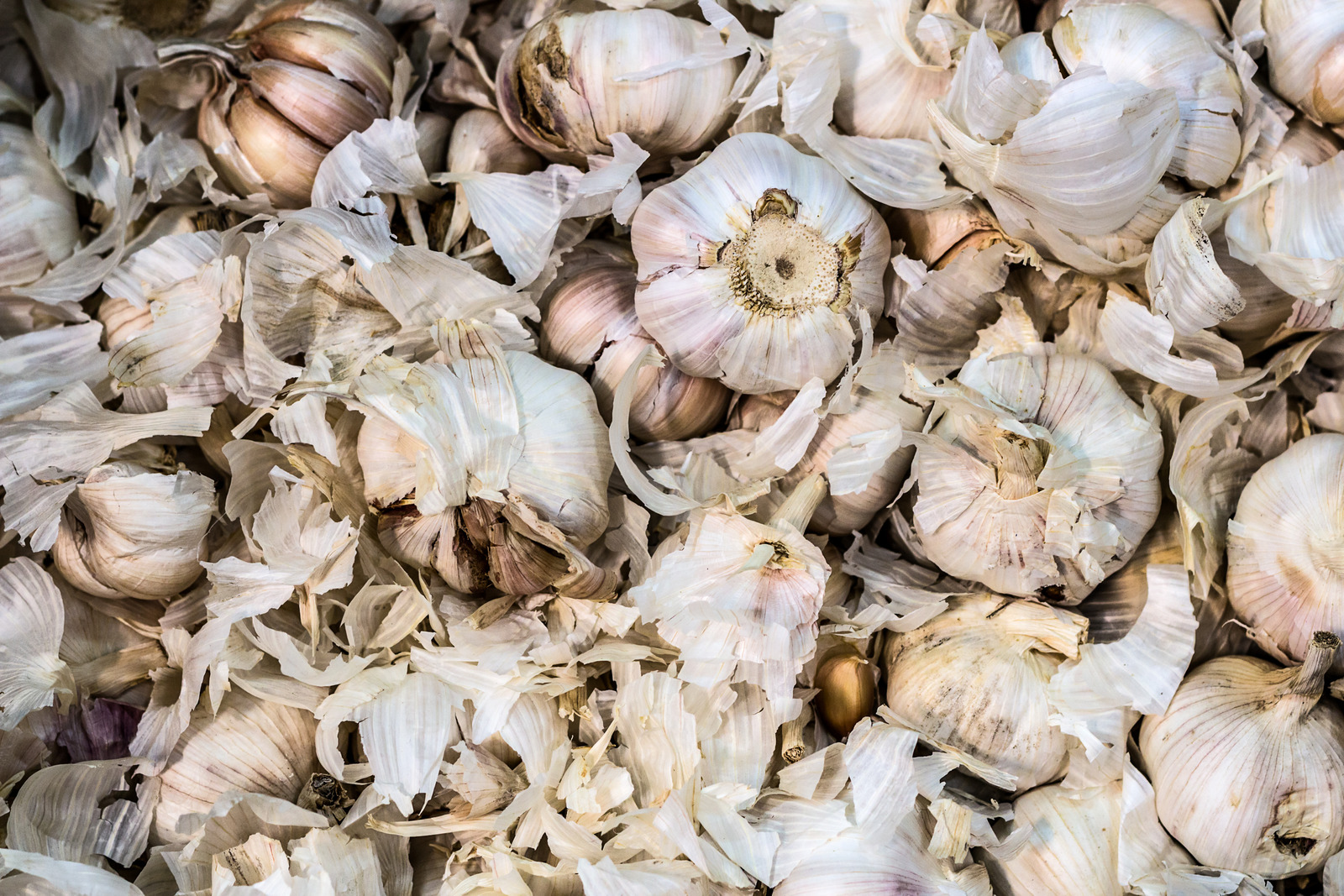Garlic’s Love Affair with Sunlight: Why It Matters
Garlic, a fundamental ingredient in many cuisines, relies heavily on sunlight to thrive. As a photosynthetic plant, garlic uses sunlight to convert carbon dioxide and water into glucose and oxygen, fueling its growth and development. The importance of sunlight in garlic growth cannot be overstated, as it plays a crucial role in flavor development, plant health, and overall yield. In fact, garlic plants that receive adequate sunlight tend to have a more robust flavor and aroma, making them a prized addition to any dish. Furthermore, sunlight helps to strengthen garlic’s natural defense mechanisms, reducing the risk of disease and pests. Understanding how much sun does garlic need is essential for cultivating a bountiful and healthy crop, and it’s a crucial factor to consider when planning and preparing for garlic growth.
How Much Sun Does Garlic Need to Thrive?
When it comes to garlic growth, understanding how much sun does garlic need is crucial for optimal development. Garlic plants require a significant amount of sunlight to thrive, with the ideal amount varying depending on factors such as climate, soil, and growth stage. In general, garlic plants need at least 6 hours of direct sunlight per day, with 8 hours being even more beneficial. However, in regions with intense sunlight, such as in southern climates, garlic plants may require some shade to prevent scorching. Additionally, garlic plants grown in containers or indoors may require supplemental lighting to meet their sunlight needs.
In terms of specific growth stages, garlic plants require more sunlight during the vegetative growth phase, which typically occurs in the spring and early summer. During this phase, garlic plants need as much sunlight as possible to promote healthy leaf growth and development. As the plants approach maturity, they can tolerate some shade, but still require at least 4-6 hours of direct sunlight per day. By understanding how much sun does garlic need at each growth stage, growers can optimize their garlic plants’ exposure to sunlight and promote healthy, productive growth.
The Impact of Insufficient Sunlight on Garlic Production
Inadequate sunlight can have devastating consequences on garlic growth, leading to stunted plants, reduced yields, and increased susceptibility to disease. When garlic plants do not receive sufficient sunlight, they may struggle to undergo photosynthesis, resulting in weak and spindly growth. This can lead to a decrease in bulb size and quality, making them less desirable for cooking and consumption.
Furthermore, insufficient sunlight can also make garlic plants more prone to disease, as they may not have the necessary energy to defend themselves against pathogens. This can lead to a range of problems, including fungal infections, bacterial diseases, and pest infestations. In extreme cases, inadequate sunlight can even lead to crop failure, resulting in a complete loss of yield.
It’s essential to understand how much sun does garlic need to thrive and to take steps to ensure that garlic plants receive adequate sunlight. By providing garlic plants with the right amount of sunlight, growers can promote healthy growth, increase yields, and reduce the risk of disease. By doing so, they can enjoy a bountiful harvest of flavorful and aromatic garlic bulbs.
Optimizing Garlic Planting for Maximum Sun Exposure
To ensure garlic plants receive the right amount of sunlight, it’s essential to optimize planting for maximum sun exposure. This involves choosing the right location, spacing, and orientation for garlic plants. When selecting a location, look for areas that receive full sun to partial shade, depending on the garlic variety and climate. Avoid planting garlic in areas with dense shade, as this can lead to weak and spindly growth.
In terms of spacing, garlic plants should be planted 4-6 inches apart, with the rows spaced 12-18 inches apart. This allows for good air circulation and sunlight penetration, promoting healthy growth and reducing the risk of disease. When planting, orient the garlic cloves so that they face north to south, which helps to maximize sunlight exposure and promote even growth.
Additionally, consider the time of day when planting garlic. In regions with intense sunlight, it’s best to plant garlic in the early morning or late afternoon, when the sun is not as strong. This helps to prevent scorching and promotes healthy growth. By optimizing garlic planting for maximum sun exposure, growers can promote healthy growth, increase yields, and enjoy a bountiful harvest of flavorful garlic bulbs.
Garlic Varieties and Their Sunlight Requirements
Different garlic varieties respond differently to sunlight, and understanding these variations is crucial for optimal growth. While some garlic varieties thrive in full sun, others are more tolerant of shade. For instance, ‘Elephant’ garlic, a popular variety, requires full sun to produce large, flavorful bulbs. On the other hand, ‘Silverskin’ garlic, a mild and sweet variety, can tolerate partial shade and still produce decent yields.
Some garlic varieties, such as ‘Rocambole’ and ‘Purple Stripe’, are more sensitive to sunlight and may require protection from intense sun, especially in warmer climates. These varieties may benefit from being planted in areas with dappled shade or using shade cloth to filter the sun’s rays. In contrast, ‘Artichoke’ and ‘Creole’ garlic varieties are more tolerant of full sun and can thrive in areas with minimal shade.
When selecting a garlic variety, it’s essential to consider the specific sunlight requirements to ensure optimal growth. By choosing a variety that matches the available sunlight, growers can promote healthy growth, increase yields, and enjoy a bountiful harvest of flavorful garlic bulbs. Remember, understanding how much sun does garlic need is crucial for success, and selecting the right variety is a critical step in the process.
How to Provide Supplemental Lighting for Indoor Garlic Growing
While garlic typically thrives in outdoor environments with ample sunlight, indoor growing can be a viable option with the right lighting. When growing garlic indoors, it’s essential to provide supplemental lighting to mimic the effects of natural sunlight. This can be achieved through the use of artificial lighting, such as LED grow lights or fluorescent lights.
When selecting a lighting system, consider the specific needs of garlic plants. Garlic requires a minimum of 12 hours of light per day, with an intensity of around 40-50 watts per square foot. LED grow lights are a popular choice for indoor garlic growing, as they provide a high intensity of light while using minimal energy.
To position the lights effectively, place them 6-8 inches above the garlic plants, adjusting the height as the plants grow. It’s also essential to maintain a consistent light schedule, ensuring the plants receive the same amount of light each day. By providing supplemental lighting, indoor garlic growers can promote healthy growth, increase yields, and enjoy a bountiful harvest of flavorful garlic bulbs.
Remember, understanding how much sun does garlic need is crucial for success, and providing the right amount of supplemental lighting is essential for indoor growing. By following these guidelines, growers can create an optimal environment for their garlic plants to thrive, even in the absence of natural sunlight.
Common Mistakes to Avoid When Growing Garlic in the Sun
When growing garlic in the sun, it’s essential to avoid common mistakes that can lead to inadequate sunlight exposure. One of the most critical mistakes is overcrowding, which can result in garlic plants competing for sunlight and water. To avoid this, ensure that garlic cloves are planted at least 4-6 inches apart, depending on the variety.
Inadequate soil preparation is another common mistake that can impact garlic growth. Garlic requires well-draining soil with a pH between 6.0 and 7.0. Failure to prepare the soil properly can lead to waterlogged soil, which can reduce sunlight penetration and increase the risk of disease.
Another mistake to avoid is planting garlic in areas with excessive shade. While some garlic varieties can tolerate partial shade, most require at least 6 hours of direct sunlight per day. Planting garlic in areas with excessive shade can result in stunted plants, reduced yields, and increased susceptibility to disease.
Finally, failing to provide adequate support for garlic plants can also impact sunlight exposure. As garlic plants grow, they may need support to prevent them from toppling over. Failure to provide support can result in reduced sunlight exposure, as the plants may be unable to reach their full height.
By avoiding these common mistakes, garlic growers can ensure that their plants receive the right amount of sunlight, leading to healthy growth, increased yields, and a bountiful harvest of flavorful garlic bulbs. Remember, understanding how much sun does garlic need is crucial for success, and careful planning can make all the difference.
Conclusion: Harnessing the Power of Sunlight for Bountiful Garlic Harvests
In conclusion, sunlight plays a critical role in garlic growth, and understanding how much sun does garlic need is essential for achieving optimal results. By providing the right amount of sunlight, garlic growers can promote healthy growth, increase yields, and enjoy a bountiful harvest of flavorful garlic bulbs.
Throughout this article, we’ve explored the importance of sunlight for garlic growth, including its role in photosynthesis, flavor development, and overall plant health. We’ve also discussed the ideal amount of sunlight garlic requires, how it varies depending on factors like climate, soil, and growth stage, and the consequences of inadequate sunlight on garlic production.
By following the practical tips and guidelines outlined in this article, garlic growers can optimize their planting strategies, choose the right garlic varieties, and provide supplemental lighting for indoor growing. By avoiding common mistakes and carefully planning their garlic cultivation, growers can harness the power of sunlight to achieve bountiful garlic harvests.
Remember, sunlight is a critical component of garlic growth, and understanding its requirements is key to success. By prioritizing sunlight in their garlic cultivation strategies, growers can unlock the full potential of their garlic plants and enjoy a rewarding and flavorful harvest.




